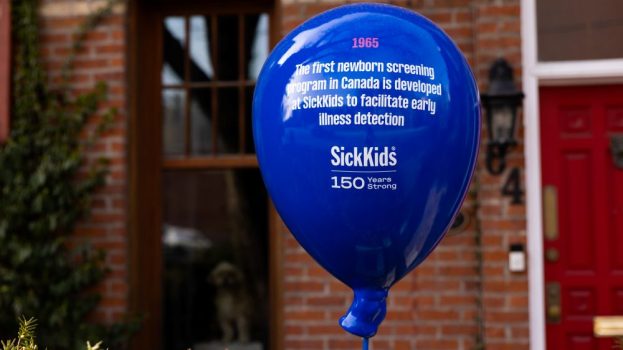By Thomas Kenny
The algorithm that determines what gets into Facebook’s news feed – and more pertinently, what’s getting filtered out – has become a hot topic amongst marketers in recent weeks. Back in November, Facebook notified partners it would modify its algorithm, resulting in a decrease in organic reach for brand pages. In other words, when a brand posts, fewer of its fans will see that content, unless of course, brands pay Facebook to make up for the lost reach. And therein lies the source of much of the ire marketers have been directing at the social giant.
Since these changes have been implemented, the effect on organic reach for brand pages has been dramatic. For many brands, the decreases have been to the tune of 40% and even 50%. This has left many marketers feeling as though Facebook has pulled the rug out from under them.
It’s not hard to understand why. Most have invested significant amounts of time and money – in many cases, millions of dollars – fostering their Facebook communities and now they need to pay to reach people who have already raised their hands saying they want to hear from them. In their minds, Facebook is holding their own fans hostage in exchange for investing media dollars into promoted posts.
While I sympathize with their frustration, I also find it misguided. Here’s why:
Survival of the fittest
One reality that is frequently overlooked in discussions about Facebook’s news feed is that it is essentially Darwinian in nature, the good stuff – content Facebook deems “relevant” – makes it in and the bad stuff doesn’t. Relevancy in this case is determined by how likely someone is to find a post interesting based on factors like how many people have already interacted with it, how old the post is and how frequently the user has interacted with the content source in the past. In other words, if you want people to see your content, make great content.
People get filtered out too
What many marketers also don’t seem to realize is these determinants apply to people as well as pages. I have just over 400 friends on Facebook, the vast majority of whom never show up in my news feed. The reason I never see them is because over time, Facebook has realized I’m not all that interested in the stuff they post. Likewise, I never see content from most of the pages I follow, even though at one point in time I clicked a “Like” button saying I wanted to hear from them.
The average user follows 70 pages
The other factor that seems to elude most marketers is that if every post from every page I follow showed up in my news feed I would stop going back to Facebook. According to AllFacebook, the average U.S. Facebook user follows 70 pages. Think of how much content your brand produces over the social network. If each of those 70 pages was getting into people’s feeds on a regular basis, people would leave Facebook in droves.
Perhaps what I find most surprising amidst the heated discussion around Facebook’s latest changes is the sense that so many marketers seem to feel as though Facebook owes them something. They have invested all this money into the platform so in their minds, now Zuckerberg needs to do right by them, regardless of what it means for Facebook’s long-term prospects. While it’s true Facebook needs ad revenue to survive, more importantly, it needs lots of people who want to spend lots of time on its platform.
So is it worth sticking around?
If marketers will need to pay for the vast majority of impressions anyway, why bother doing it on a platform where they also need to invest in community managers and almost daily content updates?
First off, at over a billion active users, Facebook is still by far the largest social network. Most marketers still can’t get anywhere near the same scale with Twitter or Instagram. Second, Facebook offers the most sophisticated ad targeting capabilities available to marketers. And with last week’s launch of new re-targeting features that allow brands to deliver targeted messages to people who recently visited their website or mobile app, these capabilities are only getting stronger. Lastly, Facebook ads do something display ads never have and Twitter ads don’t do nearly as well – provide social context. Discovering a friend has shared or endorsed a branded piece of content has been proven to increase its effectiveness and efficiency.
If Facebook made sense for your brand three months ago, then a drop in organic reach shouldn’t drastically change that. In all likelihood paid media was already part of your social strategy anyway. At the end of the day, Facebook is doing what’s best for its platform. And if these recent changes mean brands will continue to have access to an otherwise elusive audience, then perhaps a diminished organic reach isn’t so great a sacrifice.
 Thomas Kenny is a strategic planner at Leo Burnett. leoburnett.ca
Thomas Kenny is a strategic planner at Leo Burnett. leoburnett.ca
Image courtesy of Shutterstock.























